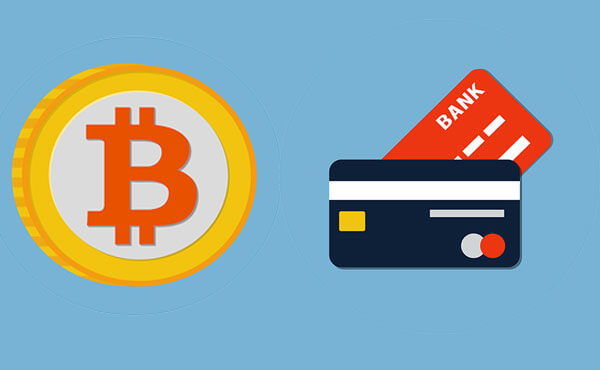
Ever since bitcoin captured the hearts and minds of the mainstream press in 2013, many tech and finance experts have come out and said that bitcoin could become a widely-used medium of exchange if the community is able to shake off its anarchist roots. To many early adopters, this has been a rather puzzling turn of events. After all, censorship resistance seemed to be one of the main points of creating the payment protocol in the first place. Where would bitcoin be without Silk Road?
For now, let’s ignore the bigger picture debate between anarchists and regulation-embracing entrepreneurs and focus on bitcoin’s ability to disrupt card-based point-of-sale systems. Why hasn’t this disruption taken place yet?
Credit cards work pretty well
Although some large companies have decided to embrace bitcoin as a payment option over the past few years, the reality is that lately there hasn’t been much growth in the use of bitcoin in retail transactions — especially offline. Although bitcoin has been useful for certain types of value transfers, it doesn’t seem that many people are going to be shopping with bitcoin at Walmart in the near future. There are a few different reasons as to why this is the case:
- Using bitcoin is stressful. Ignoring the problems associated with losing your phone or forgetting the password, simply sending a bitcoin transaction is still rather stressful. The finality of sending a payment can be too much for most people to handle, and many potential users may wait until more consumer protections are built into bitcoin applications before they begin to use the protocol.
- Costs of traditional payment options are declining. Although bitcoin proponents like to talk about the high costs of credit card transactions, some big players, such as Costco and Amazon, don’t need to worry about giving a large share of their profits to a middleman. Cheap, alternative payment options, such as Dwolla and Knox Payments, are also coming to market, and we could see these costs drop further as the issues of identity and fraud are attacked by more startups over the next decade. The future cost of signing a transaction on the bitcoin network also seems unclear, although changes to the maximum block size or new innovations, such as the proposed Lightning Network, could eventually help solidify bitcoin’s promise of low fees.
- People like credit and rewards. Credit cards allow people to spend money they don’t have, and that isn’t the case with bitcoin — at least not yet. Many credit cards also offer rewards programs that provide cashback incentives on purchases, which makes it difficult for the consumer to make the switch to bitcoin. It’s possible that bitcoin-related discounts could become more prevalent in the future, but we haven’t seen that on a large scale up to this point.
Bitcoin doesn’t need to compete with credit cards
Although bitcoin does not seem like a serious threat to traditional retail payment options over the short term, the good news is that the blockchain is useful for much more than buying a Big Mac. The biggest non-illicit use case for bitcoin right now is likely as “gold 2.0,” as there are many commodity-esque use cases for the digital token. Plus, the illicit use cases still provide part of the fundamental value of bitcoin.
In the grand scheme of things, not that many people hold bitcoin right now. Having said that, we could see its use as a medium exchange increase as more individuals decide to hold bitcoin as a store of value (in a manner similar to gold). In the not-too-distant future, a majority of bitcoin transfers may take place on traditional payment rails. This is what some bitcoin advocates are talking about when they say the bitcoin token, commodity, or currency is more important than the blockchain technology.

